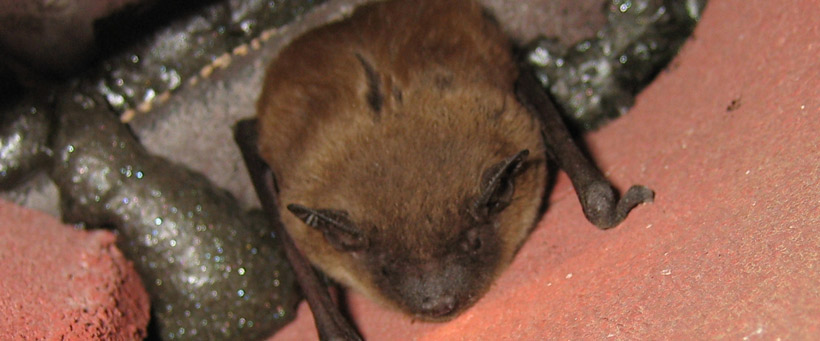If you ask the vast majority of Americans they will tell you that if bats were to become extinct they would have no issue with that at all. These are particularly ugly looking animals that carry a large number of diseases and parasites with them that can seriously endanger the health of people and their animals. On top of that, they are just ugly looking critters that swooped down out of the darkness and scare virtually anyone who comes in contact with them.

However, it is important to note that these animals play a significant role in the ecosystem. They help to keep down insect populations, especially the flying kind like mosquitoes, moths, crickets, and other kinds that carry diseases and make for a very unsettling atmosphere at times. They may be ugly but they play an important role in keeping the planet running smoothly.
This is why in 2012 when 5.7 million bats died from a disease known as White Nose Syndrome scientist became quite concerned at what was going on. This is clearly an issue that could lead to the extinction of these animals which would be devastating to the overall ecosystem, because mosquitoes and other insects would be allowed to prosper virtually unchecked because of the fact that these mammals were gone, so what is White Nose Syndrome?
According to biologists, this syndrome is caused by a fungus. The fungus primarily grows in colder areas, where the temperature does not rise much above 55°.
When a bat contracts the illness, it first is recognized by lesions that appear on the infected bats skin. It is not long before body fat begins to disappear, and serious damage and scarring will occur on the membranes of the wings. This can lead to a bat being unable to fly, and the result of this fungus is almost always that the animal dies.
The problem with trying to combat this disease is that it affects bats at a time when they are the most vulnerable, during hibernation. During the winter months the vast majority of bats will sleep in caves that provide them protection from the outside world, but it is the perfect location for these fungus that thrive in the colder temperatures.
The spread of the fungus occurs simply by two bats coming in contact with each other, where one of the bats is a carrier of the fungus. In a matter of second the fungus can quickly spread and start to affect the next bat.
Since 2007, the spread of this fungus has rapidly occurred. In that year, it was mostly found on bats that were in caves in the northeastern United States, but over the last 10 years it is spread to the southeast, through Eastern Canada and is now found its way into areas like Wisconsin and Michigan. In 2014, it was even found in Iowa and Minnesota, and there was one bat that was found with the disease in the state of Washington in 2016.
Read more:
Florida Wildlife Control